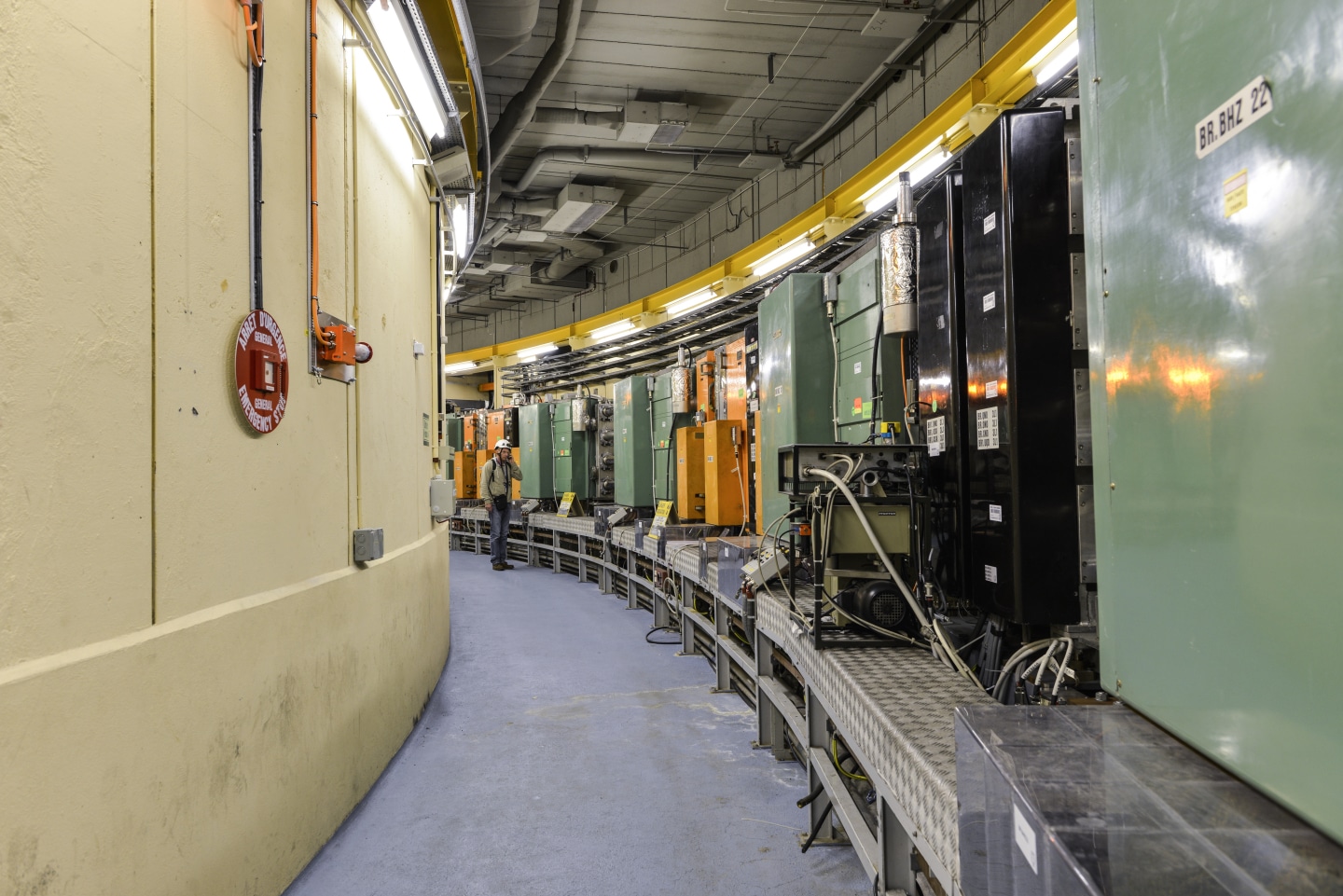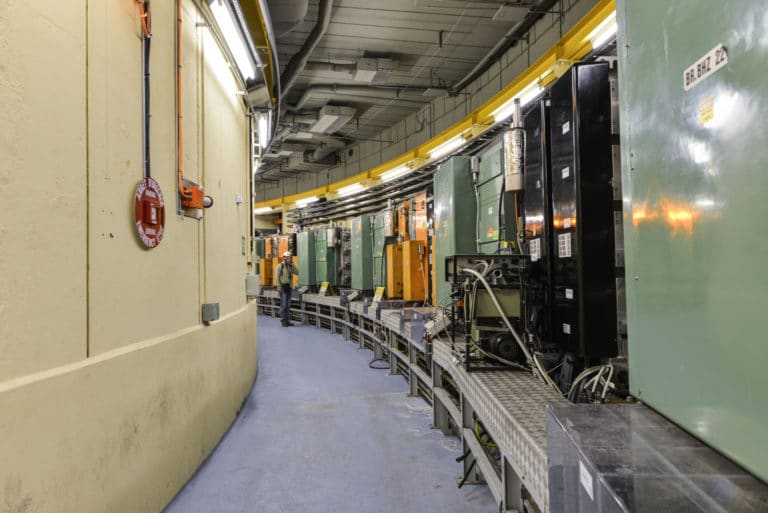
Accelerator & Beam Physics News: June–July 2020 Roundup
With all the news coming out of the varied worlds of accelerator and beam physics, and the research and industry applications they fuel, we’re putting together monthly news recaps to show you what you’ve missed.
In recent weeks, CMS scientists published their thousandth peer-reviewed paper, CERN makes a push to build the 100km High-Luminosity LHC, the RHIC reaches a 20-year milestone for colliding, and more.

Here’s what you should know:
CMS collaboration publishes 1,000th paper from Fermilab Newsroom
“The discovery of the Higgs particle by the international CMS and ATLAS collaborations is the most famous discovery made to date at the Large Hadron Collider at CERN. The scientists made the announcement on July 4, 2012, and it was later recognized with a Nobel Prize: The theorists who predicted the Higgs mechanism received the award in 2013. . . .”
Running with the Speed of Science in the Race Against COVID-19 from DOE
“[S]cientists are studying three different types of problems: using simulations to understand the protein structure of the virus and how it attacks, utilizing artificial intelligence to identify effective countermeasures against the virus and accelerate the discovery of promising treatments, and working with policymakers to manage the course of the infection and deploy resources strategically. . . .”
Celebrating 20 Years of Smashing Success at RHIC from Brookhaven National Laboratory Newsroom
“Even in a time before Instagram, physicists starting up the Relativistic Heavy Ion Collider (RHIC)—a particle collider at the U.S. Department of Energy’s Brookhaven National Laboratory—knew they needed a great picture to share their success. They and the rest of the world were not disappointed. Around 9 p.m. on June 12, 2000—20 years ago today—subatomic “fireworks” lit up display monitors in the control room of RHIC’s STAR detector . . .”
CERN makes bold push to build €21-billion supercollider from Nature
“CERN has taken a major step towards building a 100-kilometre circular supercollider to push the frontier of high-energy physics. The decision was unanimously endorsed by the CERN Council, the organization’s governing body, on 19 June, following the plan’s approval by an independent panel in March. Europe’s pre-eminent particle-physics organization will need global help to fund the project, which is expected to cost at least €21 billion (US$24 billion) and would be a follow-up to the lab’s famed Large Hadron Collider (LHC). . . .”
Looping X-rays to produce higher quality laser pulses from SLAC National Accelerator Laboratory
“Ever since 1960, when Theodore Maiman built the world’s first infrared laser, physicists dreamed of producing X-ray laser pulses that are capable of probing the ultrashort and ultrafast scales of atoms and molecules. This dream was finally realized in 2009, when the world’s first hard X-ray free-electron laser (XFEL), the Linac Coherent Light Source (LCLS) at the Department of Energy’s SLAC National Accelerator Laboratory, produced its first light. . . .”